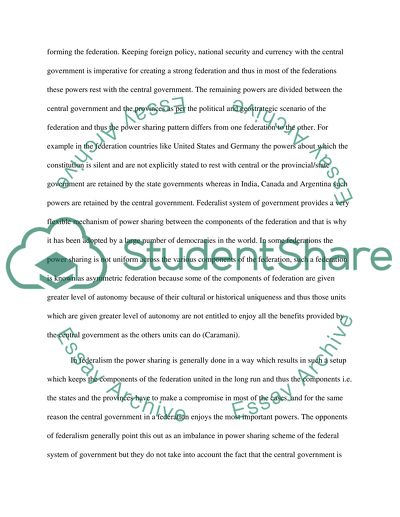Cite this document
(“Comparative Politics Research Paper Example | Topics and Well Written Essays - 2250 words”, n.d.)
Retrieved from https://studentshare.org/miscellaneous/1590806-comparative-politics
Retrieved from https://studentshare.org/miscellaneous/1590806-comparative-politics
(Comparative Politics Research Paper Example | Topics and Well Written Essays - 2250 Words)
https://studentshare.org/miscellaneous/1590806-comparative-politics.
https://studentshare.org/miscellaneous/1590806-comparative-politics.
“Comparative Politics Research Paper Example | Topics and Well Written Essays - 2250 Words”, n.d. https://studentshare.org/miscellaneous/1590806-comparative-politics.


